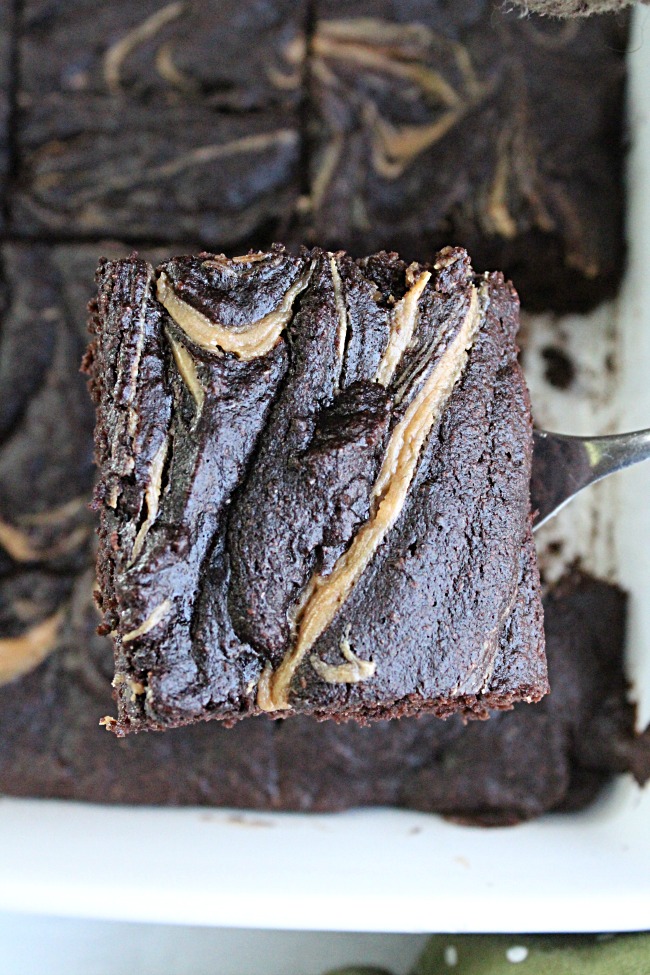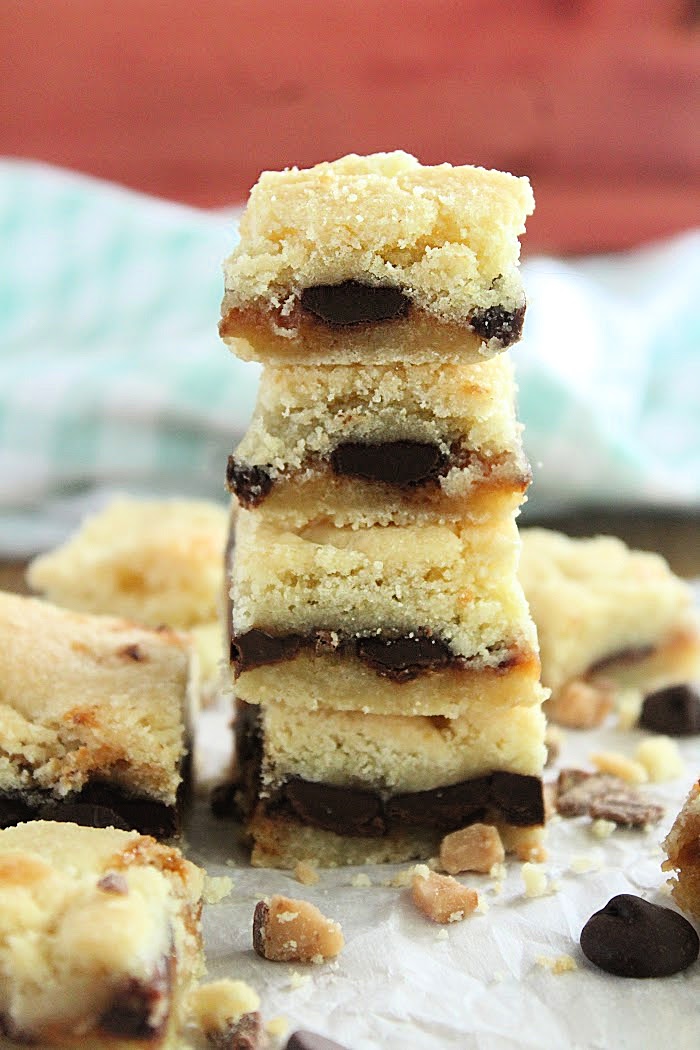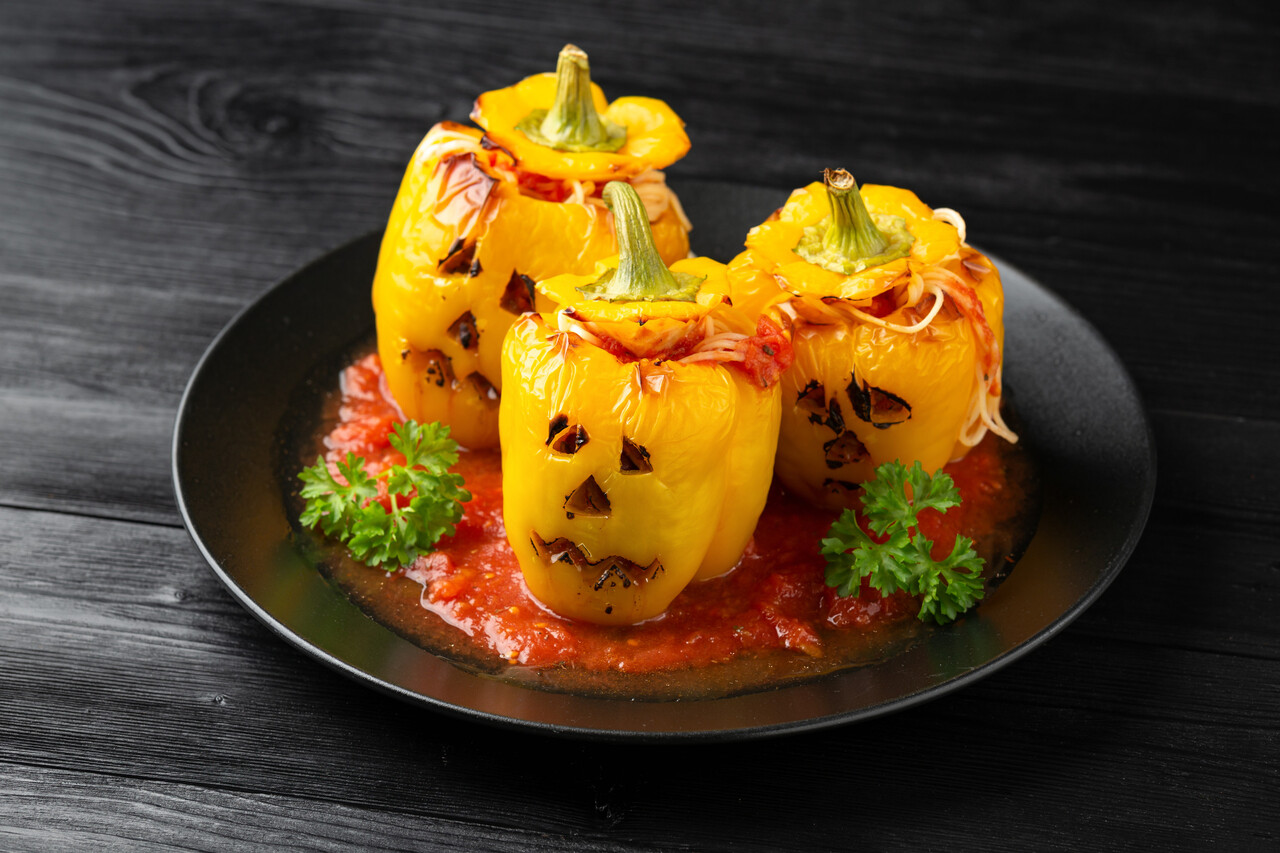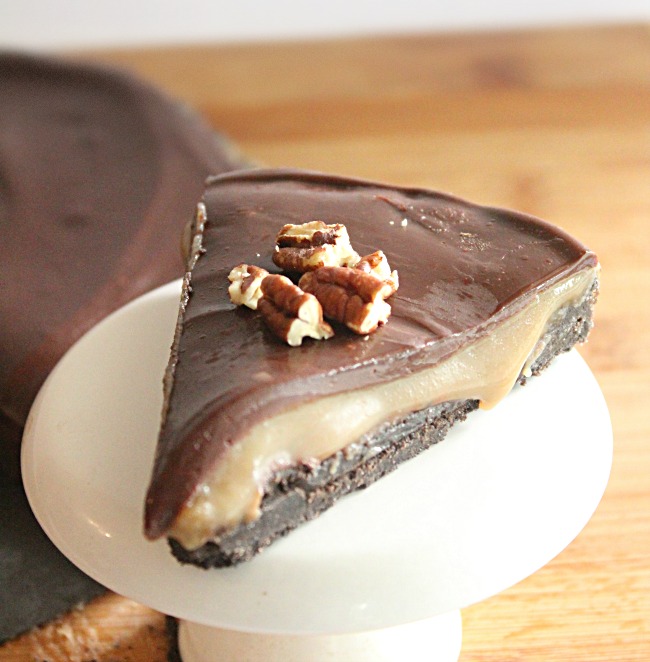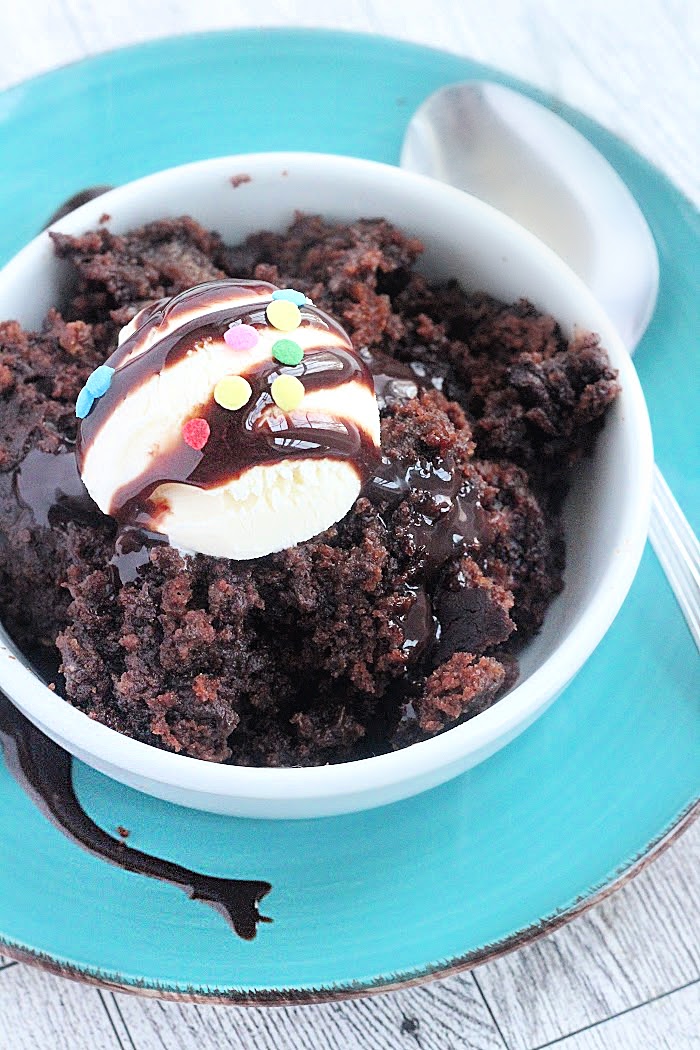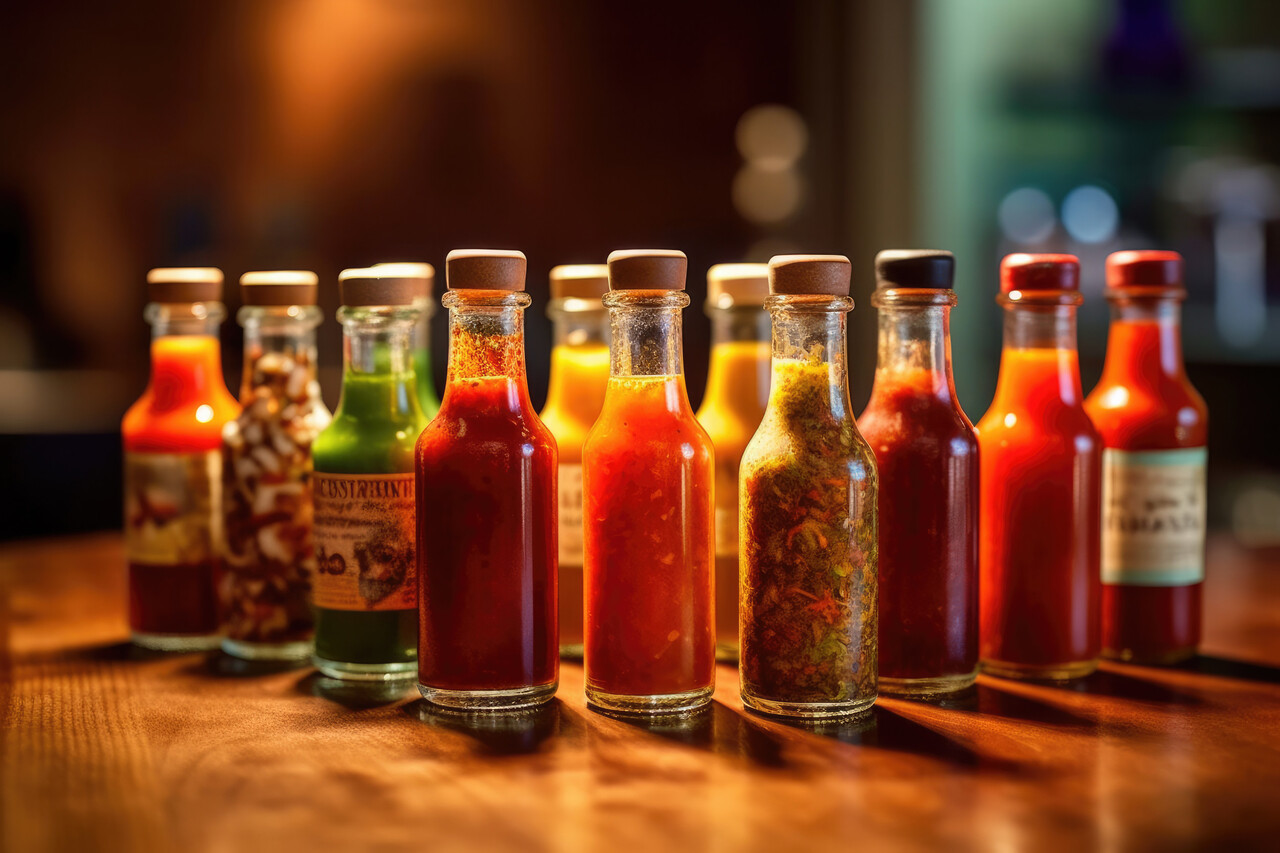8 Vintage Dishware Patterns That Elevate Everyday Tables
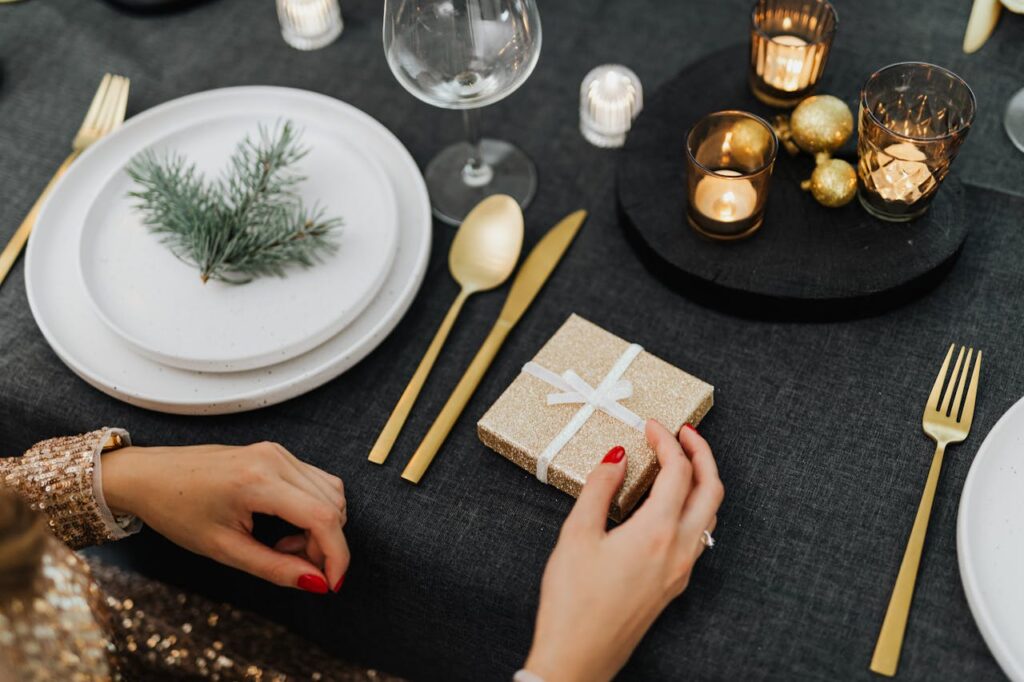
Vintage dishware patterns bring artistry and charm to even the simplest meals. These timeless designs connect everyday dining with craftsmanship from earlier centuries, turning a plain table into something memorable. Whether you’re drawn to delicate florals, classic blue-and-white scenes, or rustic motifs, vintage dishware blends history with style. Collectors and home entertainers alike appreciate how these pieces mix effortlessly with modern tableware. Each pattern carries its own story, evoking comfort, nostalgia, and elegance that fits both casual family dinners and special occasions.
1. Blue Willow
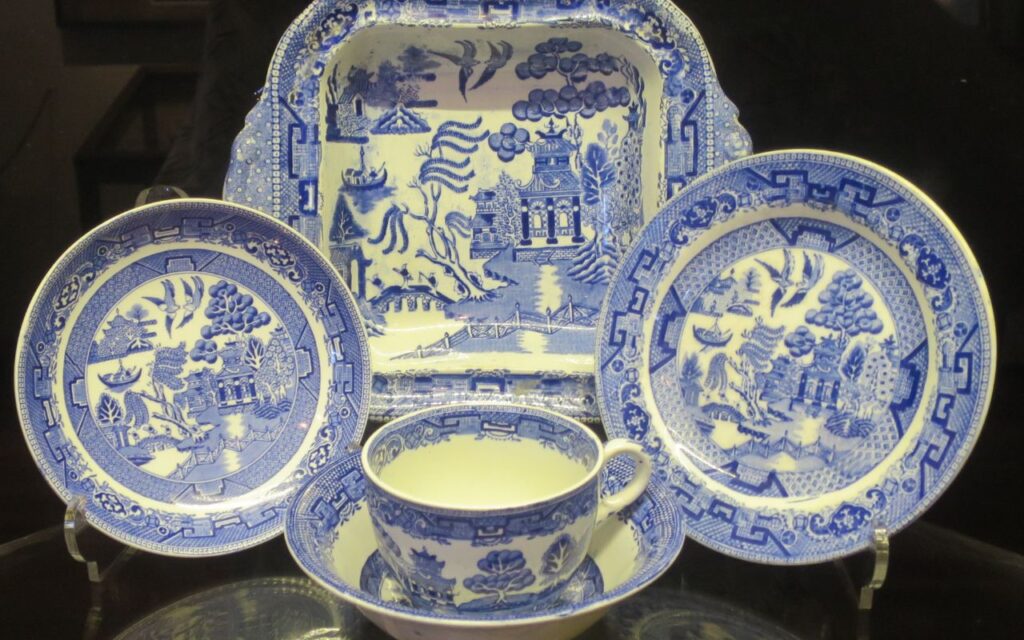
The Blue Willow pattern remains one of the most recognized in the world of vintage dishware. Originating in late 18th-century England, it tells a romantic story through intricate blue images of pagodas, trees, and birds set against crisp white porcelain. The look is timeless, balancing traditional artistry with everyday practicality. Its transfer-printed design made it accessible to middle-class homes while retaining the appearance of fine china. Today, it suits modern rustic and classic tables alike, pairing beautifully with white linens, natural wood, or polished silver accessories.
2. Brown Transferware
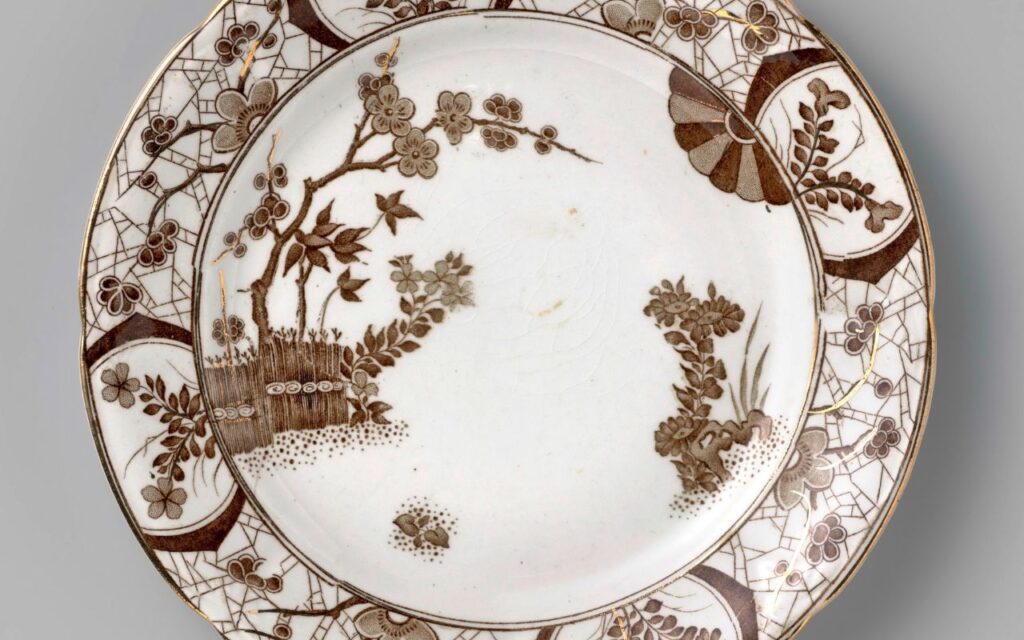
Brown transferware emerged in the 1700s and became popular for its earthy tones and pastoral imagery. It features detailed countryside scenes, florals, or architecture printed in sepia hues that feel warm and inviting. Each piece was made using a transfer-printing process that ensured consistent beauty while keeping costs reasonable. Brown transferware adds comfort and texture to the table, blending easily with both traditional and contemporary settings. Whether used for autumn dinners or everyday meals, its understated color palette gives a sense of old-world refinement and relaxed elegance.
3. Cranberry and Pink Transferware
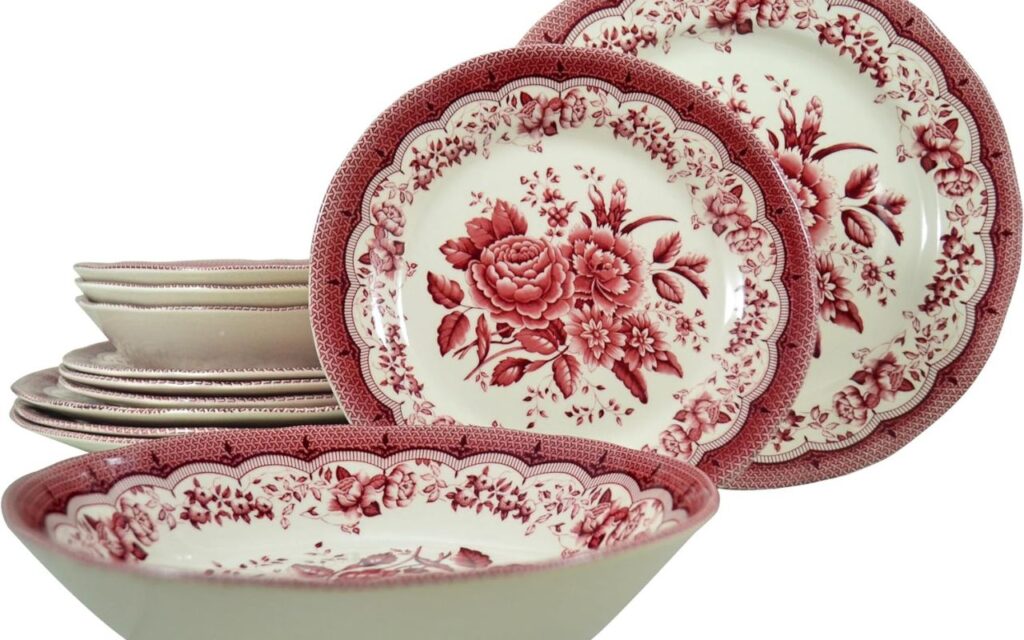
Cranberry and pink transferware bring a softer side to vintage dining with romantic prints in rosy tones. These pieces often feature pastoral landscapes, florals, or intricate scrollwork on white backgrounds. Developed in the 19th century, they became symbols of warmth and refinement. The gentle contrast between pink hues and clean porcelain creates visual harmony that works well for tea parties, spring gatherings, or festive meals. Their cheerful color complements floral arrangements and candlelight, making each setting feel personal and inviting without overwhelming the table’s overall design.
4. Wild Game and Hunting Motifs
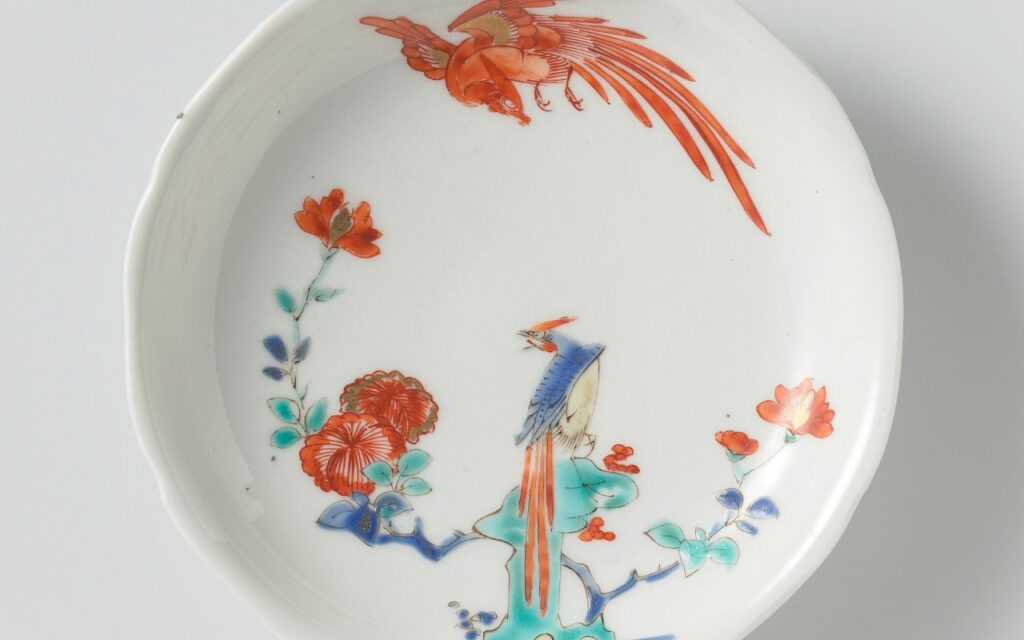
Dishware with hunting and wildlife imagery offers a bold, countryside aesthetic rooted in 19th-century sporting traditions. Plates and platters often feature pheasants, deer, or fish surrounded by rustic foliage or scenic borders. Originally used in hunting lodges and grand estates, these designs bring a touch of nostalgia to today’s dining rooms. They pair well with dark woods, plaid linens, and candlelight for cozy, seasonal tables. Their charm lies in how they balance rugged imagery with refined craftsmanship, making them equally suited for collectors and casual entertainers.
5. Floral Chintz
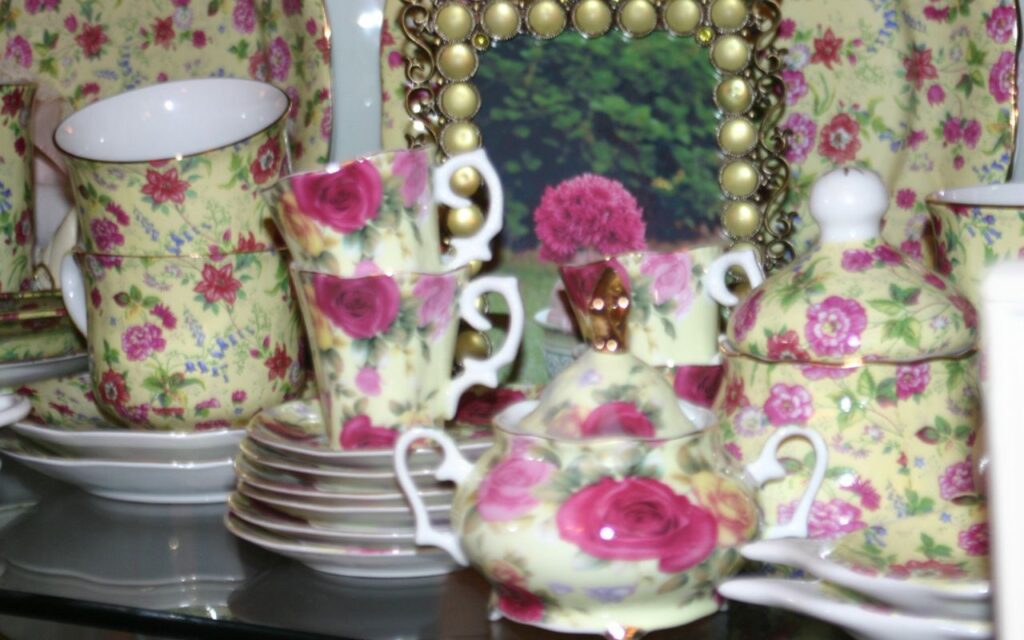
Floral chintz patterns burst with tiny blossoms and intertwining leaves, creating a lively, romantic effect. Popular throughout the early 20th century, they reflect an English garden aesthetic filled with color and detail. Each plate becomes a canvas of florals printed so densely they almost blend into fabric. When styled thoughtfully, chintz china adds whimsy and personality to your table without feeling fussy. Pair it with neutral linens or glassware to balance the richness of the pattern. Its cheerful charm makes everyday dining feel like a small celebration.
6. Blue Calico
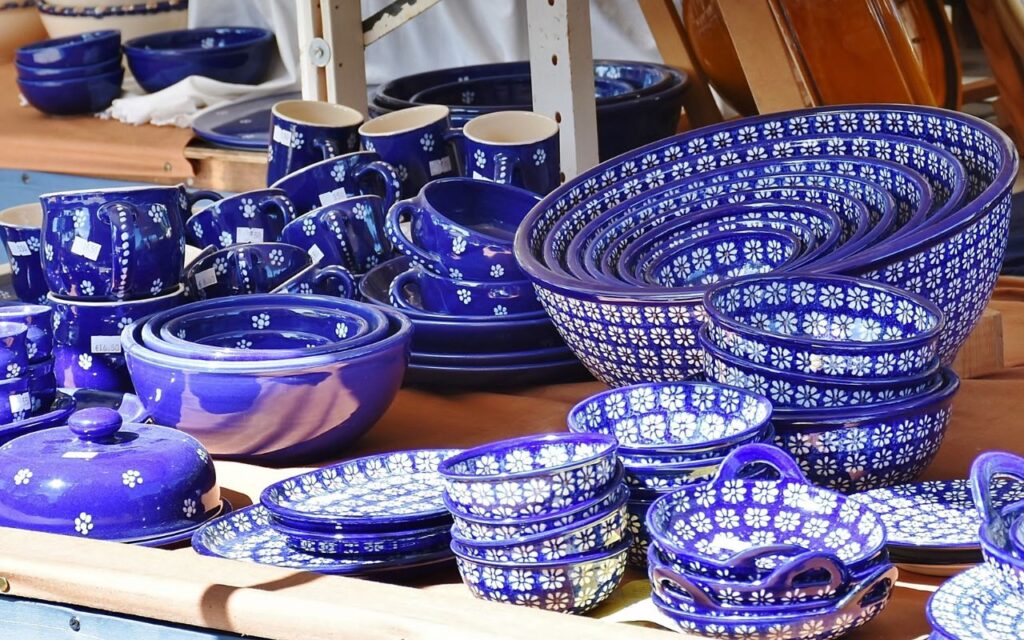
Blue Calico from Staffordshire pottery is instantly recognizable for its rich cobalt background adorned with white floral prints. The pattern, inspired by antique indigo textiles, dates back to the early 1800s and embodies both strength and beauty. Durable and versatile, Blue Calico works equally well for daily meals or special gatherings. Its dense floral detailing provides depth without appearing overwhelming, while the deep blue hue pairs effortlessly with white serving pieces. The result is a table that feels both traditional and bold, ideal for blending vintage style with modern simplicity.
7. Ironstone White
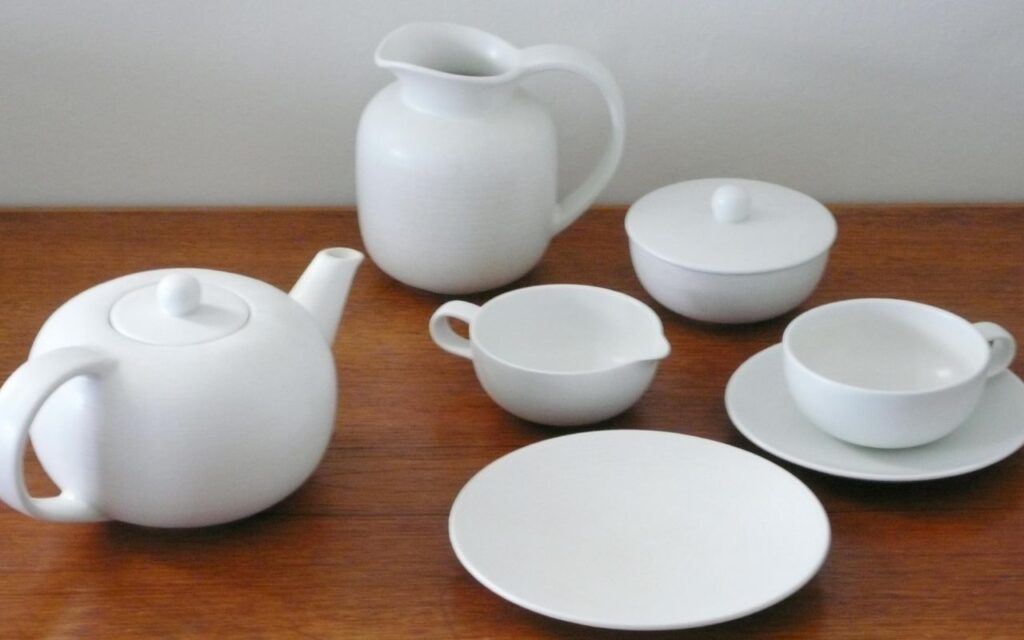
Ironstone dinnerware, first produced in 19th-century England, offers elegance through simplicity rather than elaborate decoration. Known for its creamy glaze and sculptural forms, it’s durable enough for daily use yet refined enough for display. Ironstone’s appeal lies in its versatility; it anchors patterned pieces while maintaining a classic, cohesive look. When layered with colored glass, floral china, or textured linens, it provides balance and contrast. Collectors love its subtle patina and soft sheen, which add quiet sophistication to both farmhouse and modern minimalist tables.
8. Cream and Gold Trim China
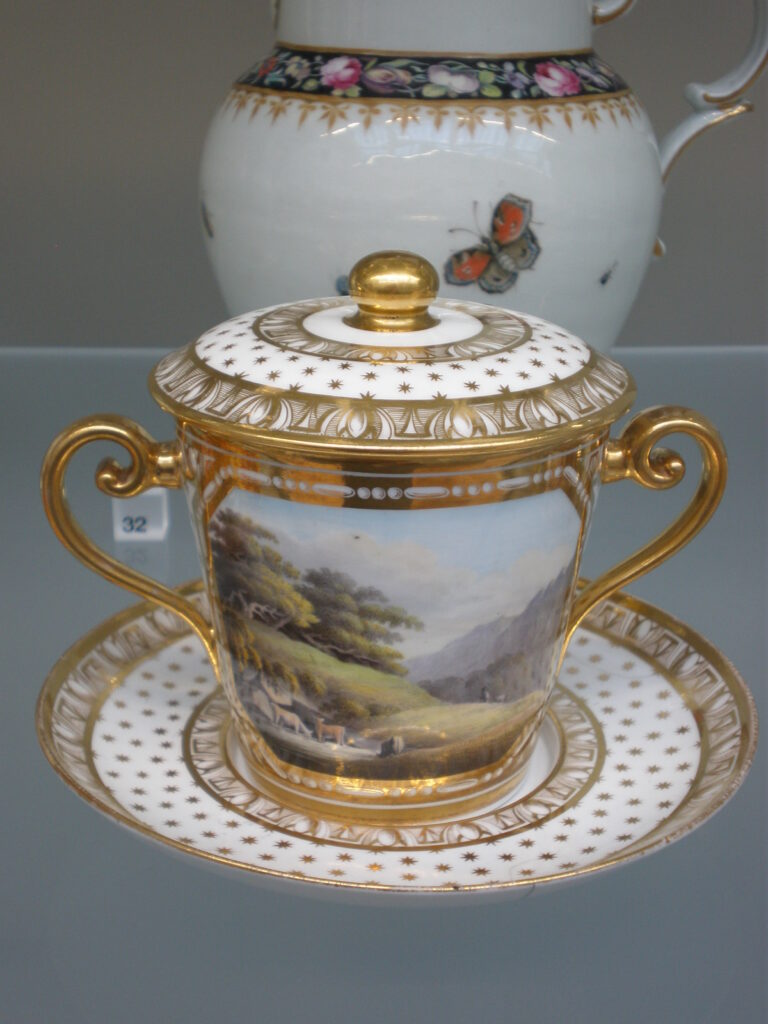
Cream and gold-trimmed china represents the pinnacle of understated luxury. These pieces were treasured for formal dining in the early 20th century, symbolizing grace and hospitality. The creamy base softens the metallic rim, creating a gentle glow that reflects candlelight beautifully. When styled with linen napkins and crystal glassware, the effect is timeless and refined. Despite their vintage roots, these sets blend seamlessly with modern décor. Their elegance transforms even a casual meal into a refined experience, showcasing how simplicity and sophistication coexist gracefully.
